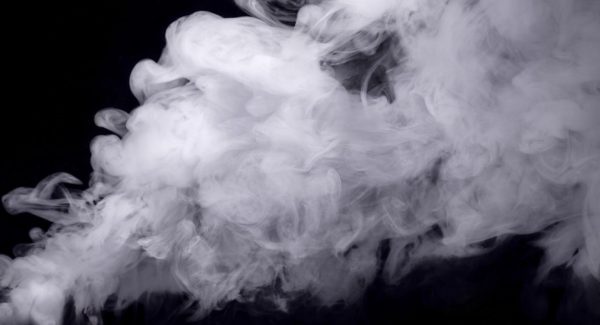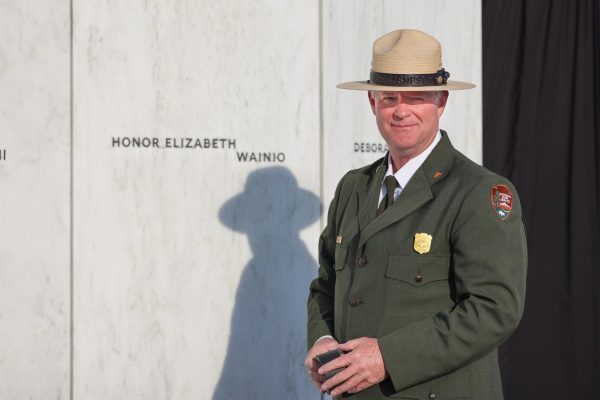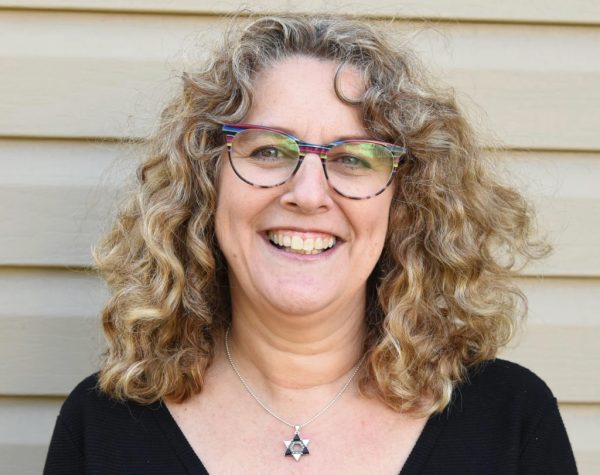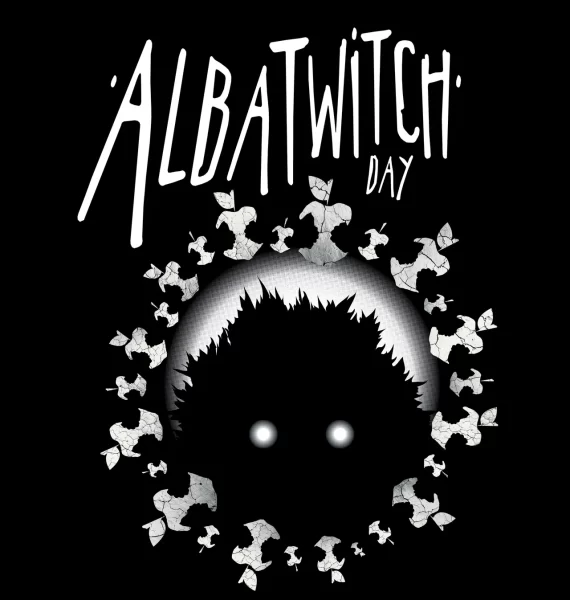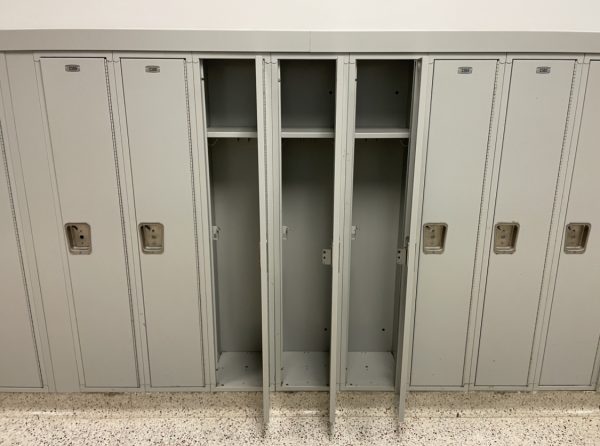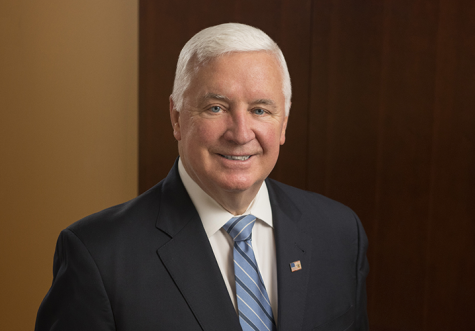Shaler Area one of few schools to offer Japanese classes

Mr. Steven Baleno, Ms. Miharu Hadano and Mr. Steve Balsomico
June 2, 2021
As they say in Japan, ”日本語が読める.” If you are a student at Shaler, though, you probably cannot read that, because you are not enrolled in Japanese. Shaler Area School District offers four foreign language courses to students beginning in 8th grade: French, Spanish, Latin, and Japanese. Typically, around 25-30 8th graders sign up for Japanese, and, as the years go on, they all drop out until very few remain. This year, there are only 3 students in AP Japanese, the highest level of Japanese offered.
There are many reasons for the low number of students who take Japanese. It is the most difficult language Shaler offers because it is the most different from English. Students who study Japanese have to learn three new alphabets, while students who take other languages do not. The grammatical structure of Japanese is vastly different from English, and there are nuances to the language that are very hard to grasp. Students interested in learning more about Japan soon encounter these challenges.
“I started taking Japanese because I knew there was more to the culture than I could find out on my own, and I wanted to know about it,” Junior Emory McComiskey, who is in Honors Japanese 4, said. “The typical class has plenty of learning, but has a good amount of fun alongside it. The trade-off of all that fun is how much work it takes to really succeed in Japanese, though. It is by far the hardest of the languages offered here at Shaler.”
Uniquely, Shaler Area is one of three districts in the Pittsburgh area that offers Japanese to high school students. Currently, Shaler has three Japanese teachers: Mr. Steven Baleno, who teaches Japanese at the Middle School, Mr. Steven Balsomico, who teaches at the High School, and Ms. Miharu Hadano, who is a teaching assistant from Japan and helps teach Middle and High School classes. To their students, they are known as B-sensei, Balsomico-sensei, and Hadano-sensei.
All three teachers take great pride in being able to bring Japanese language and culture to Shaler, a place with very little ethnic and racial diversity.
“It’s not only enjoyable to work in this language and this culture and to share that with students, but also, when you think of it, here in Pittsburgh and especially in Shaler, students have no exposure to Japan, to other cultures period, pretty much,” Balsomico-sensei said. “And so I look at this as a chance to not just enjoy what I’m doing but also to share this different culture so that the students can learn about something other than Shaler.”
Even if they do not go on to use Japanese in their future careers, the Japanese teachers still believe that the broadened worldview and new language skills students learn are very beneficial.
…here in Pittsburgh and especially in Shaler, students have no exposure to Japan, to other cultures period, pretty much. And so I look at this as a chance to not just enjoy what I’m doing but also to share this different culture so that the students can learn about something other than Shaler.
— Mr. Steve Balsomico
“When American students study Japanese, that’s the bridge between Japan and America,” Hadano-sensei said. “If American students don’t go to Japan, they don’t know anything about Japan. They don’t know Japanese, or Japanese culture, or the written alphabets. But, if in an American high school they study Japanese, I think they’re able to make a connection to Japan. If they only study Japanese in school, that’s it, but they’re still connected to Japanese language and culture. That’s a pretty good benefit, I think.”
Learning any new skill is good for a person cognitively, and this is especially true of learning to speak, read, write, and listen to a brand new language that is incredibly different from the language someone is used to.
“There’s a certain amount of wiring in your brain to understand this completely different grammatical structure. Unlike other languages, Japanese is as far from English as you can get. So in order to remember it and to learn it, you have to kind of remap your brain in some ways even if you don’t realize you’re doing it,” Balsomico-sensei said. “It teaches you a certain amount of dedication because there’s a lot of information to learn, and if you can get through Japanese, in many ways you can get through just about anything in an educational setting.”
Like all parts of education, the Shaler Japanese program was impacted by the COVID-19 pandemic, but to a much greater degree than the average Shaler class. Because of rising cases in the US during the fall and winter, Hadano-sensei was forced by the Japanese government to move back to Japan. This did not stop her from teaching, though: she still teaches all of her morning classes live over Google Meet, staying up late into the night to make up for the time zone difference. For her afternoon classes, she records lessons and videos of herself going to different places in Japan. Even on the other side of the world, she still finds the drive to keep teaching.
“When my students do speaking activities, or the speech contest, or writing homework, and they’re all persevering, I’m like, ‘Aah! I can do this’! When I have that feeling, that’s my motivation,” Hadano-sensei said. “Yes, I’m teaching all the way from Japan, but I want to teach my students! When they just keep trying in class, I want to help them in their studies!”
Students in the Japanese program appreciate the dedication that their teachers show in educating them on this different culture.
“I think the reason I’ve stayed in Japanese is because Balsomico-sensei is one of the most interesting, complex, and unique teachers I’ve ever had,” Junior Riley Pegher, an Honors Japanese 4 student, said. “His teaching style and his passion for Japanese, as well as how comfortable he is around students, has made the Japanese classroom a great learning environment as well as making it feel like a family.”
This feeling comes in part from the way that all the instructors teach. Students participate in Japanese cultural events and experience things that they most likely would not have otherwise.
“The coolest thing for me in Japanese is getting to celebrate Japanese New Year,” Caty Clark, also in Honors Japanese 4, said. “Our teacher gets real fortunes from Japan and we get to predict our luck for the coming year. We also get to have traditional Japanese New Year sushi, and throw beans at our teacher who dresses up like an ogre to symbolize shooing away the bad spirits.”
The Japanese teachers know that their class is challenging, so they make an effort to make it enjoyable and exciting through celebrations and an inclusive environment so that students are motivated to persevere in their studies instead of giving up.
“When my students can be like, ‘Yay! My next class is Japanese!’ and feel like we as a class are a big family studying language, they’ll enjoy studying Japanese,” Hadano-sensei said. “The Japanese language is very hard and difficult, but when my students think, ‘oh, I like my friends, and my teachers, and I like going to Japanese class,’ they’ll be willing to persevere through this difficult language, and that makes me really happy.”



